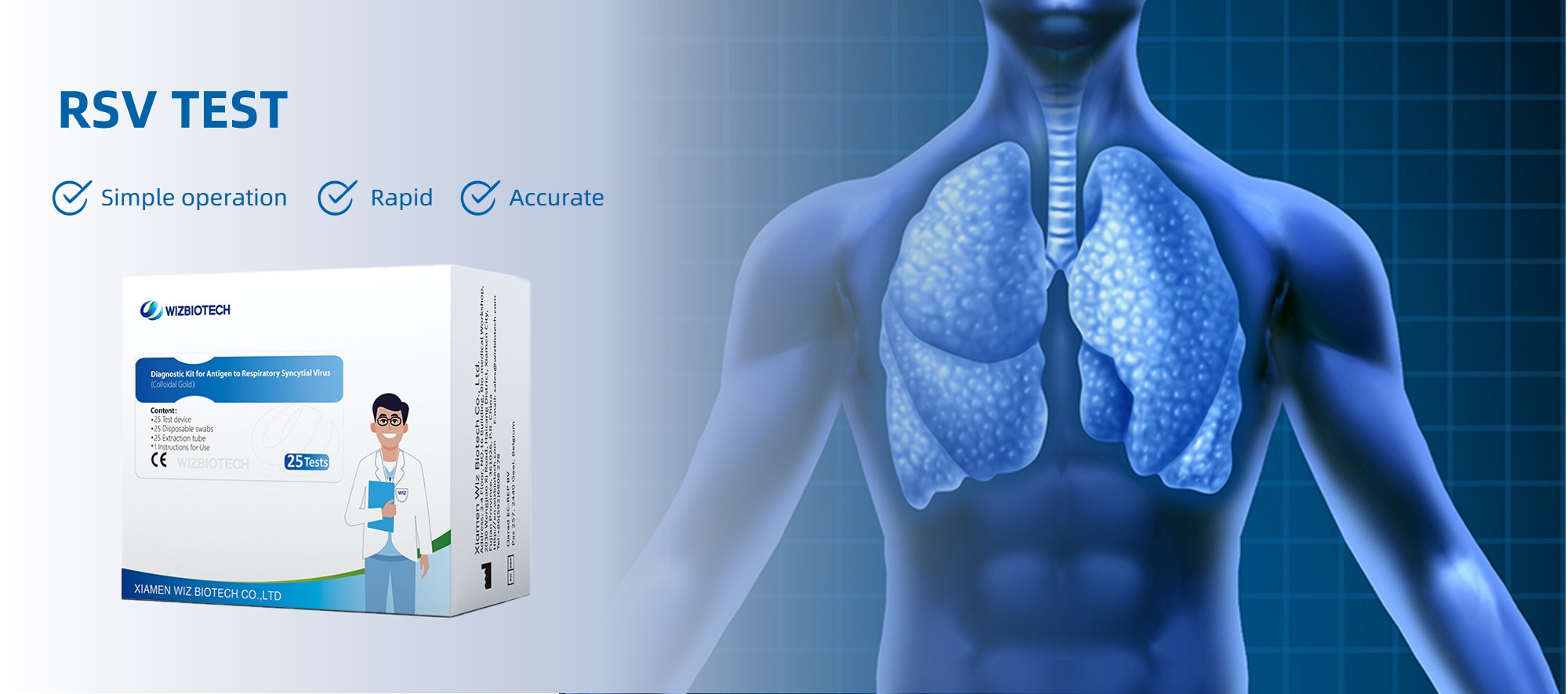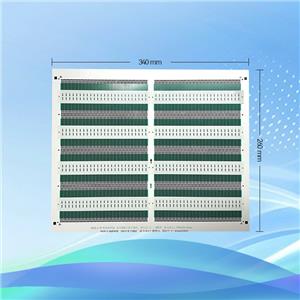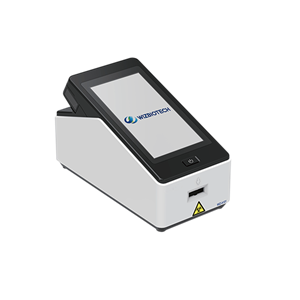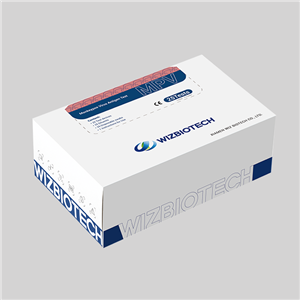Clinical manifestations of RSV infection in different populations
Respiratory syncytial virus (RSV) is a non-segmented single negative stranded RNA virus isolated from chimpanzee respiratory tract in 1956. It belongs to paramyxoviridae and mainly infects respiratory tract. The total length of RSV's genome is about 15.2kb, encoding 11 proteins, of which G and F proteins play a central role in the process of viral infection. The G protein helps the virion attach to the host cell, while the F protein promotes membrane fusion between the virus and the host cell, allowing the virus to enter the cell. RSV has two subtypes, A and B. Type A is more common in the population.
RSV infection is widely prevalent in the world, and RSV is distributed throughout the year, while there may be seasonal outbreaks of different degrees. Previous studies have shown that the winter and spring in temperate regions and the rainy season in tropical regions are the high incidence seasons of RSV infection. RSV in southern Hemisphere countries generally begins to spread from March to June, and in northern Hemisphere countries generally between September and December. RSV is usually present in the respiratory secretions of patients with viruses, direct contact is the most common way of transmission, droplets and aerosols can also cause transmission, RSV on the surface of the human hand can survive for 6h. The incubation period after infection is 2-8 days, usually 4-6 days. Different people infected with RSV will have different symptoms.
Infant
At the beginning of the disease, nasal congestion and runny nose are the main manifestations, followed by cough, wheezing, low fever, physical examination and lung auscultation can be heard and wheezing and moist rales. In severe cases, there may be dyspnea, food resistance, shortness of breath, chest depression, cyanosis and flapping nose. Respiratory failure can occur in some infants and children, and can involve organs other than the respiratory system, especially premature infants, infants 6 months and younger, and children under 2 years old with chronic lung disease or congenital heart disease.
Pre-school children
The main manifestations were fever, nasal congestion, runny nose and cough. Physical examination showed congestion and edema of nasal mucosa and pharynx. Some may progress to pneumonia, characterized by wheezing, shortness of breath, and dyspnea, and the lungs can be heard by auscultation with moist rales and wheezing sounds.
School age and adolescent children
Common symptoms include nasal congestion, runny nose, cough, hoarseness, earache, etc., may be accompanied by fever, physical examination can be seen nasal mucosa, pharynx, bulboconjunctival, tympanic membrane and other places congestion, edema. Some may progress to pneumonia, which can induce acute attacks of bronchial asthma, wheezing, shortness of breath, dyspnea and other symptoms.
Grown man
Nasal congestion, runny nose, sore throat as the main manifestations, may be accompanied by fatigue, anorexia and low fever, physical examination can be seen in the nasal mucosa, pharynx and other places congestion, edema. The progression of the disease may be characterized by acute bronchitis, pneumonia, and chronic airway diseases (bronchial asthma and chronic obstructive pulmonary disease, etc.), with symptoms such as cough, wheezing, shortness of breath, and dyspnea.
The elderly and people with underlying diseases
At the beginning of the disease, fever and cough are the main manifestations. Most patients progress rapidly, with wheezing, shortness of breath, dyspnea and other symptoms, including cyanosis, chest depression, lung auscultation and moist rales and wheezing. Severe cases may develop into acute respiratory distress syndrome or respiratory failure, and some may die.
The commonly used methods for RSV antigen detection include colloidal gold, fluorescent PCR, PCR-fluorescent probe, enzyme-linked immunoassay, enzyme free percolation, magnetic particle chemiluminescence, immunofluorescence and enzyme chromatography. Compared with other detection methods, colloidal gold method has the advantages of simple operation (immersed in liquid), fast (the whole process can be completed in 10-15 minutes), no equipment (the result can be visually detected), stable reagents, and easy preservation of the finished product (shelf life of 1-2 years). It is a powerful tool for scientific research and clinical diagnosis.

Wizbiotech has independently developed the respiratory syncytial virus antigen test kit (Colloidal gold method) with high sensitivity and specificity, which can quickly and accurately detect RSV antigen, which is of great significance for clinical diagnosis and epidemiological investigation. At the same time, the detection kit is easy to operate, suitable for various medical institutions and laboratories, and provides an effective tool for the early diagnosis of RSV infection, which is helpful to guide the formulation of clinical treatment and prevention and control measures.
Welcome the hospital purchasing department and related institutions to consult and place orders, we will provide the best quality medical services for your hospital to provide better support and help. We look forward to working with you to safeguard public health.




